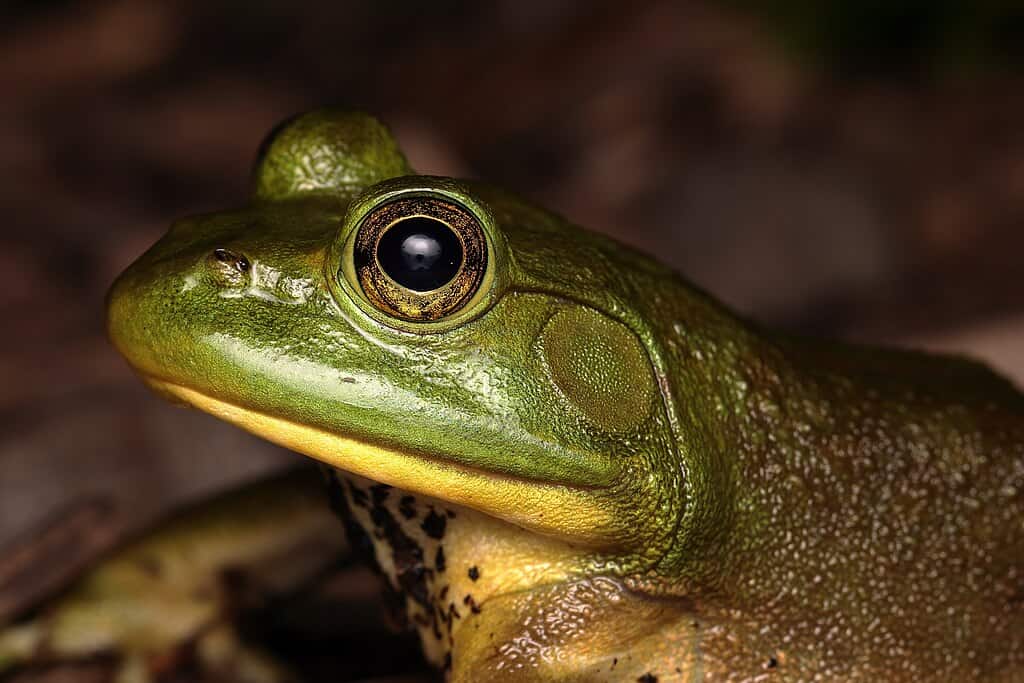In the world of wildlife, communication is key, especially when it comes to finding a mate. Among the myriad of sounds that fill the natural world, some calls stand out due to their peculiar nature. This article delves into the fascinating realm of animal mating calls, highlighting eleven of the strangest ever recorded. These calls not only showcase the remarkable diversity of the animal kingdom but also reveal some truly intriguing behaviors and adaptations.
1. The Booming Call of the Greater Prairie-Chicken

The greater prairie-chicken, native to North America’s grasslands, is famous for its resonant booming calls during the mating season. Males inflate orange air sacs located on their necks to produce a deep, hollow sound that can be heard up to a mile away. This unique display is aimed at attracting females and intimidating rival males.
2. The Soprano Song of the Kakapo

New Zealand’s flightless parrot, the kakapo, utilizes a rather unusual and complex mating call. Males produce a series of deep, resonating booms followed by high-pitched metallic chimes, creating a surreal soundscape in their dense forest habitat. This call can travel over several kilometers and helps females locate potential mates.
3. The Vibrant Clicking of the Tungara Frog
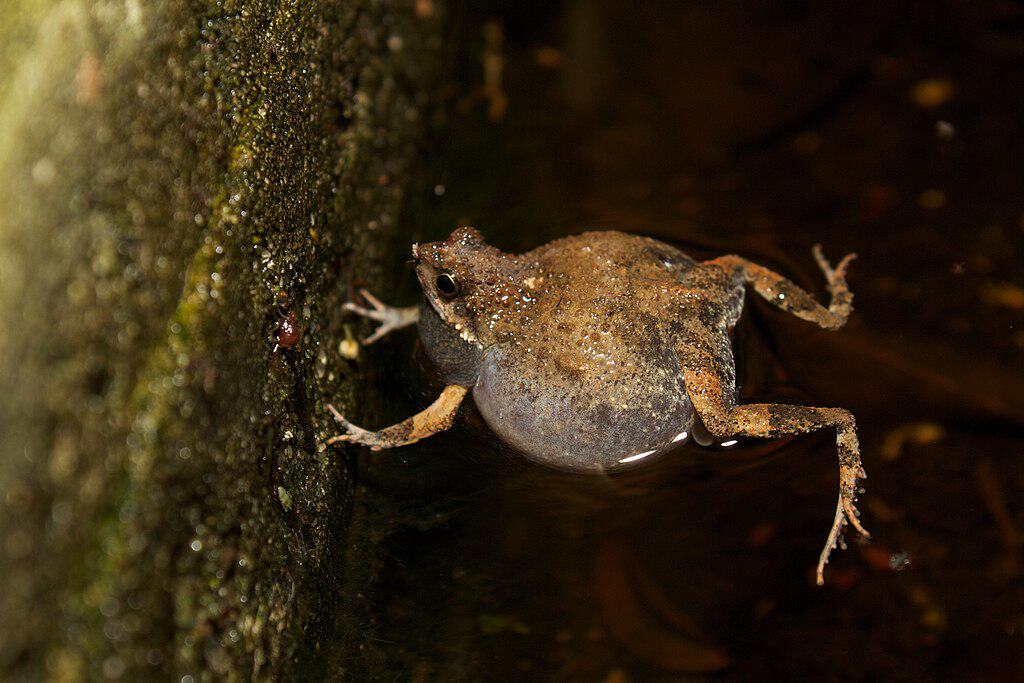
In Central and South America’s tropical forests, the tungara frog produces a series of “whines” and “chucks” to allure female frogs. Males generate this sound by inflating their throat sacs, creating complex calls in a variety of frequencies. Researchers have found that females prefer males that add more “chucks” to their calls, leading to intense vocal performances.
4. The Rhythmic Drumming of the Ruffed Grouse
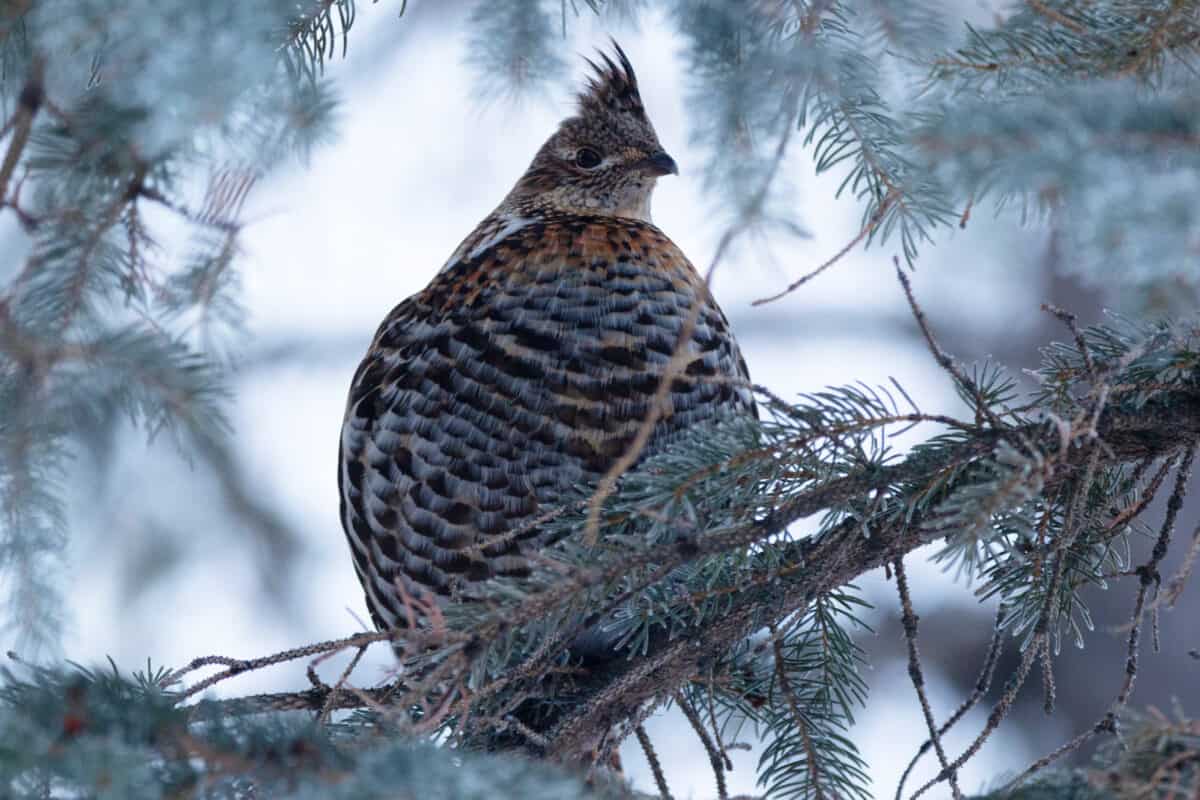
The ruffed grouse has a unique way of attracting mates through non-vocal means. Males beat their wings rapidly to produce a low-frequency drumming sound that resembles the engine of a distant motorbike. This drumming serves both to establish territory and to draw the attention of females in the forest.
5. The Electric Call of the Electric Fish

In the dim, murky waters of the Amazon basin, electric fish have adapted to use their electric organs to produce distinct electric fields. These currents are not only used for navigation but also during mating. Each fish has a signature pattern, which helps potential mates identify and locate them in the water.
6. The Whistling Call of the Male Gibbon
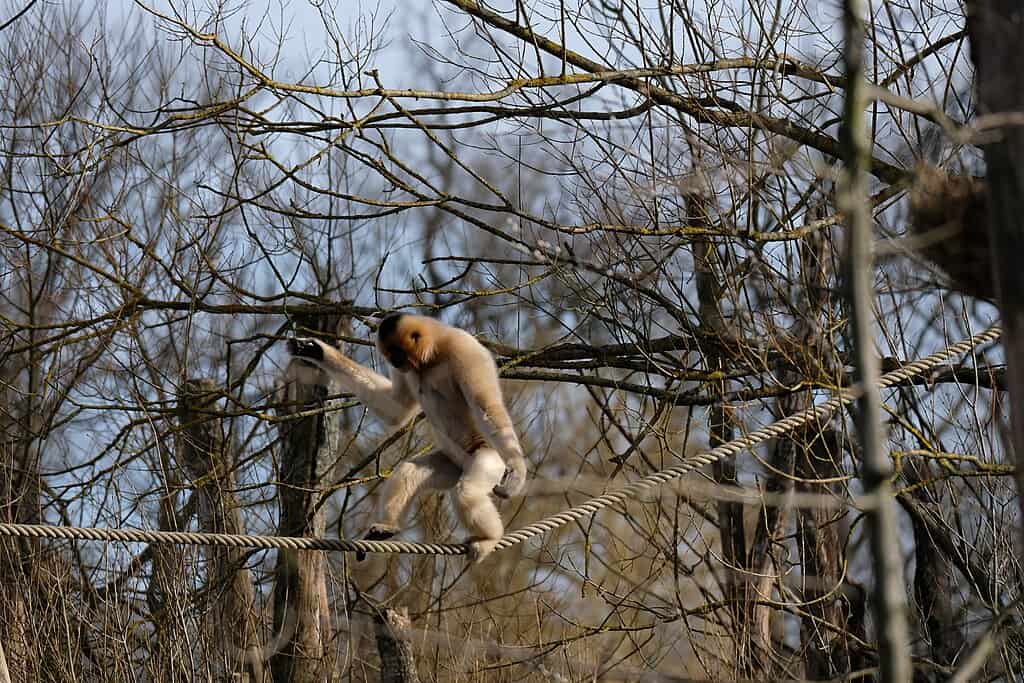
High up in the treetops of Southeast Asia, male gibbons serenade females with complex, flute-like whistles. These calls are part of elaborate duets with their mates, strengthening pair bonds and defending their territory. The whistling sound is modulated by the shape of their inflated throat sacs, creating a haunting forest melody.
7. The Wailing Song of the Beluga Whale

Beluga whales are often called the “canaries of the sea” for their wide range of vocalizations. During the breeding season, males produce a unique repertoire of clicks, whistles, and bell-like sounds to attract females. Their wailing calls can carry through the water for many miles, allowing contact in their vast oceanic habitat.
8. The Deep Croak of the American Bullfrog

American bullfrogs are known for their loud, deep croaks which can be heard echoing around ponds and marshes. Males establish territories with these vocalizations to attract females and ward off other males. The resonating quality of their calls is vital for effective communication across large territories.
9. The Rapid Clicking of the Shoe-billed Stork
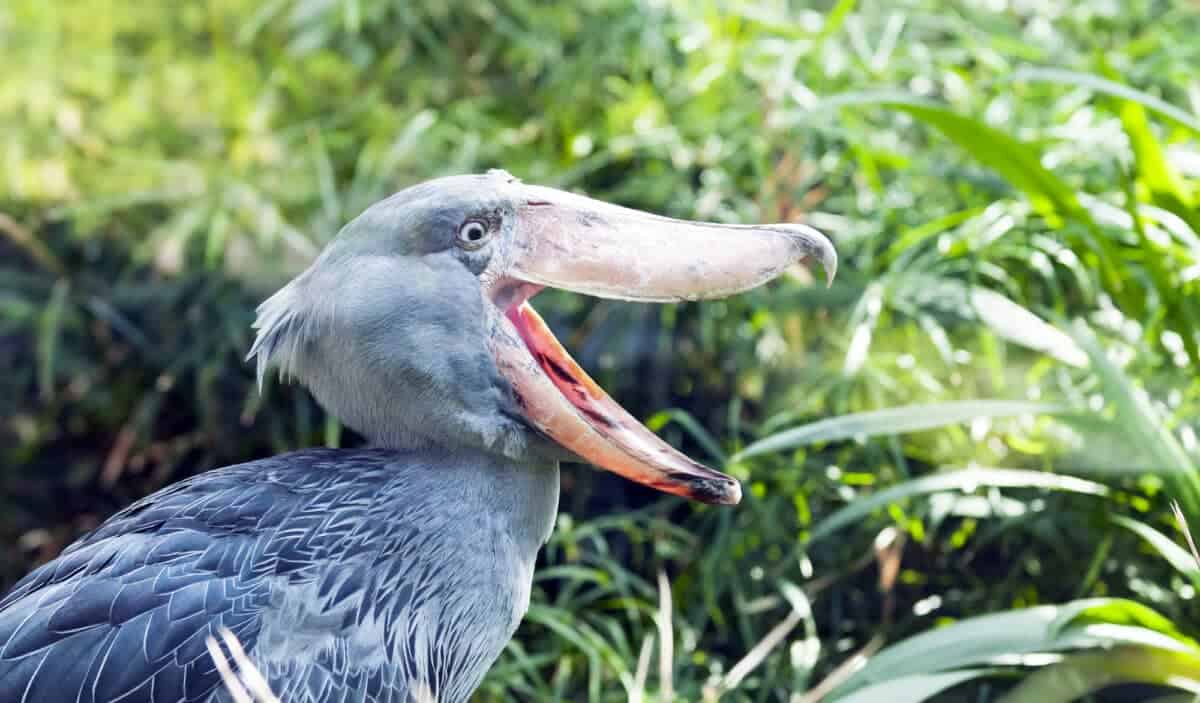
The rare and bizarre-looking shoe-billed stork of Africa produces an unexpected sound to attract mates. Despite its large bill, it doesn’t use calls but instead creates a rapid clicking noise by clapping its bill together. This sound is crucial during courtship rituals in their swampy habitats.
10. The Crooning Coos of the Mourning Dove
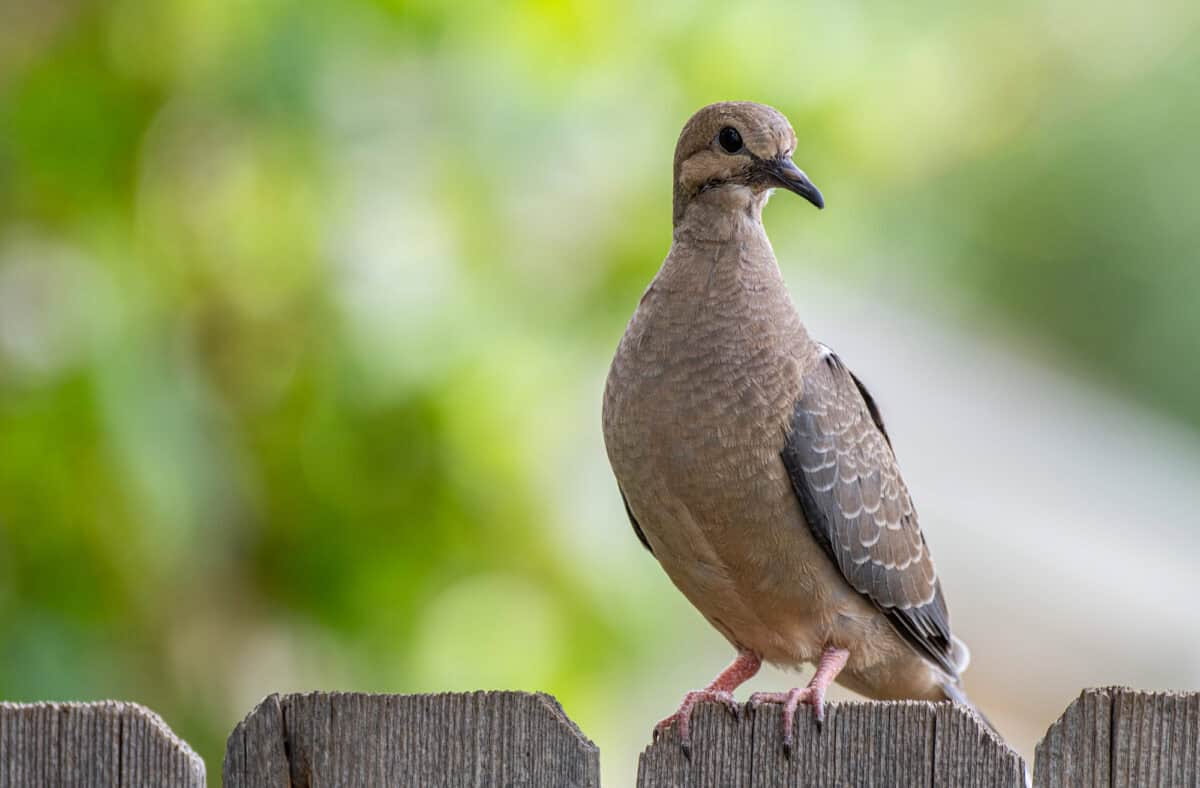
The gentle cooing of the mourning dove is a familiar sound in many regions. Males perch serenely and emit these soft, purring coos to court females. The mournful tone of their calls gives them their name and plays a significant role in pair bonding during the breeding season.
11. The Grunt of the Warthog
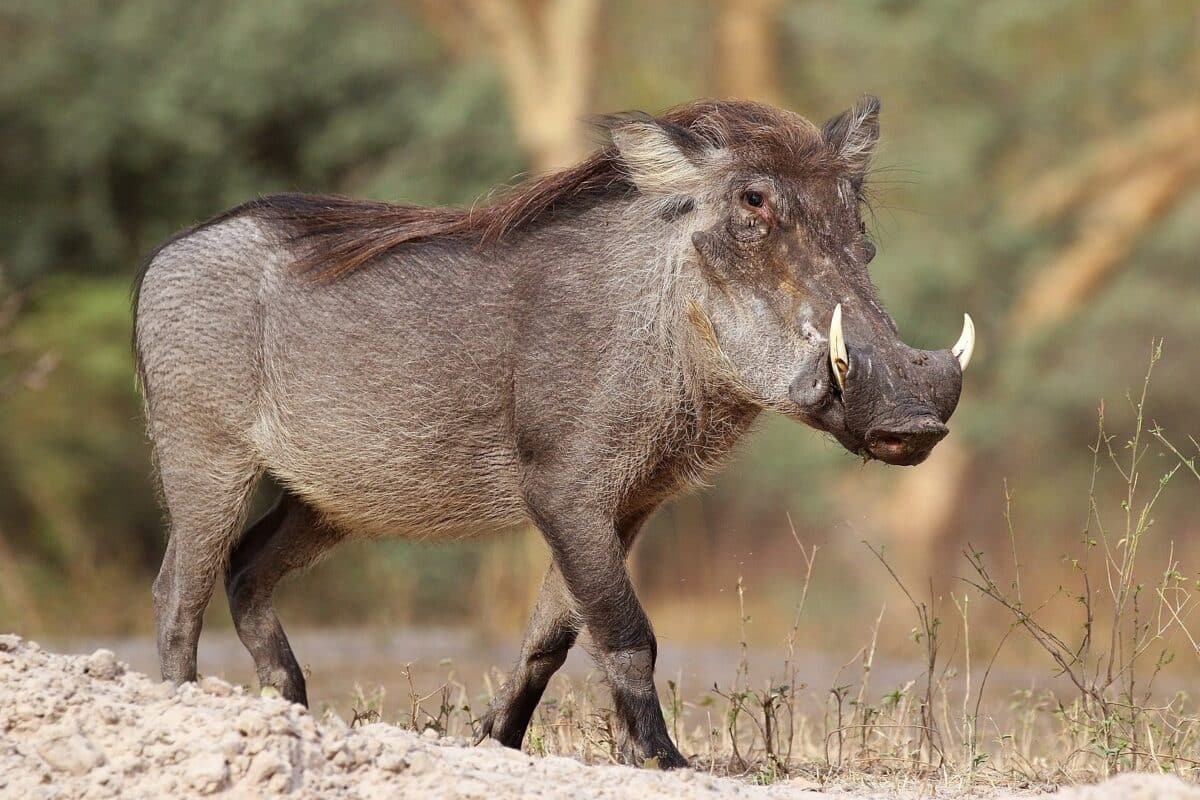
In the savannas of Africa, warthogs communicate with a series of grunts and snorts that serve multiple purposes, including mate attraction. During courtship, males engage in complex vocal duets with females, showcasing their fitness and commencing a mutual bond.
Conclusion
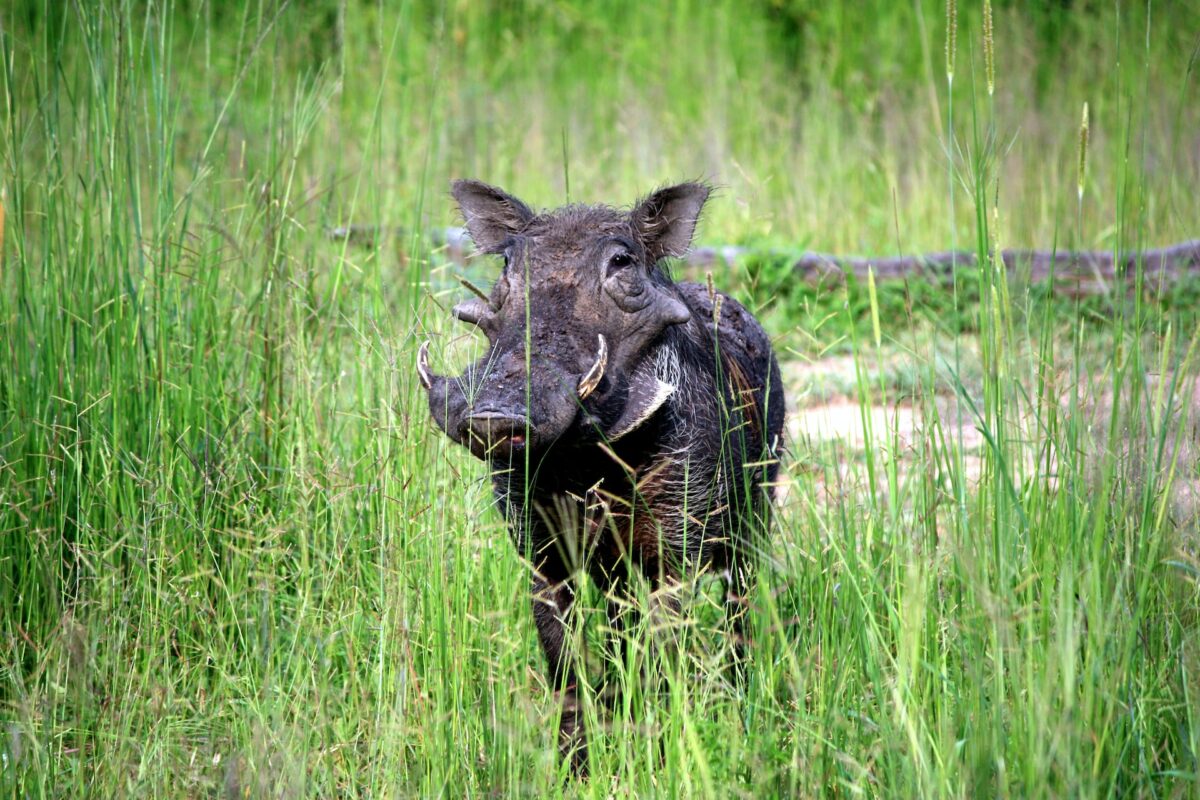
In conclusion, these extraordinary mating calls illustrate the diverse adaptations animals have developed to communicate in their environments. From musical serenades to mechanical clicks, these sounds reflect not only the intricacy of animal behavior but also the drive to ensure the survival of the species. Whether echoing through forests, reverberating in oceans, or resonating across grasslands, each call is a testament to the wonders of natural evolution.
- The Secretary Bird A Raptor That Hunts on Foot - August 9, 2025
- 10 Dog Breed Restrictions That Stir Controversy in U.S. States - August 9, 2025
- 13 Animals That Outsmart Their Predators - August 9, 2025

